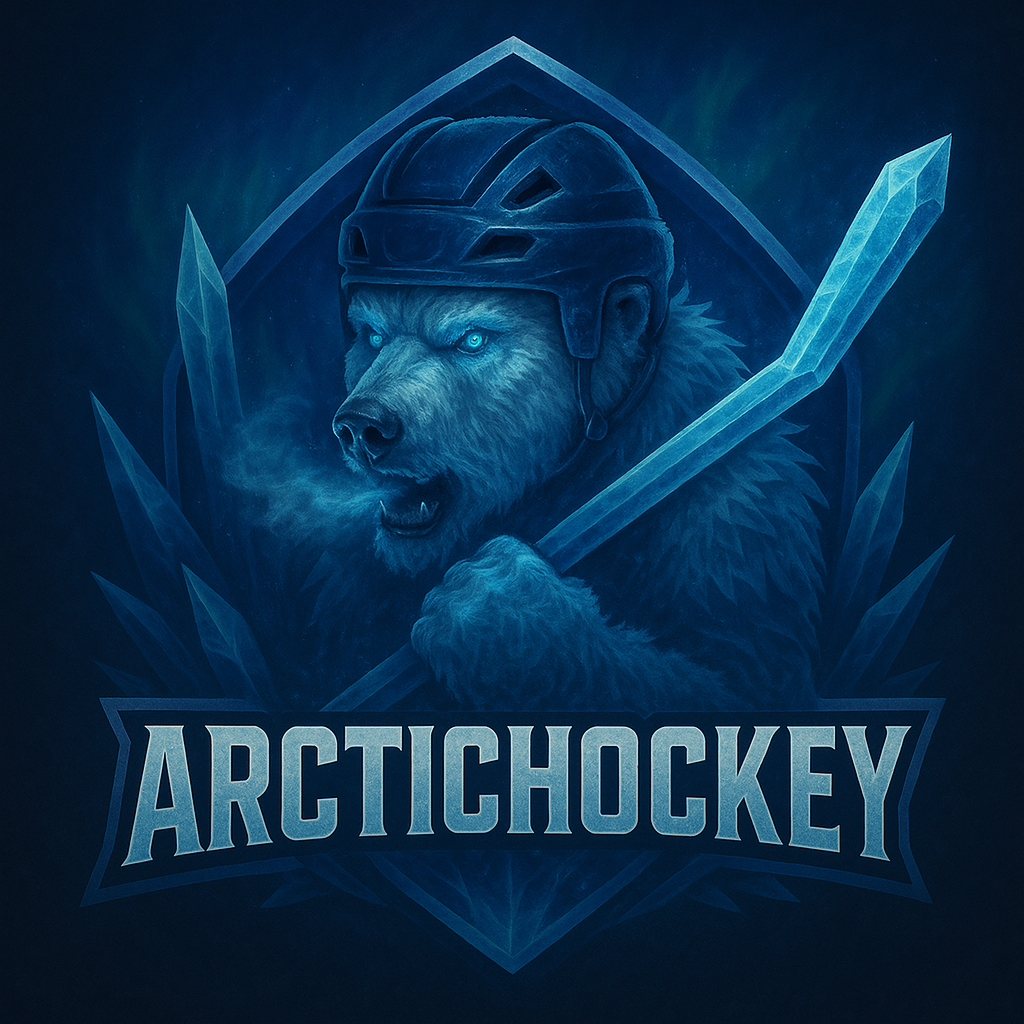Improving Your Hockey Skills: Mastering the Basics and Beyond

Hockey is one of the most fast-paced, exhilarating sports, and for many players, it's a passion that pushes them to constantly evolve their skills. Whether you're new to the game or a seasoned player looking to level up, the foundation of improvement lies in mastering the basics and pushing beyond what you already know. Understanding how to balance technique, strength, speed, and awareness is crucial for both beginners and advanced players alike.
At the core of any successful hockey player is their skating ability. Skating is the very foundation of the sport, and without proper technique, even the most skilled players can find themselves struggling to keep up on the ice. For many, developing powerful strides and efficient turns is essential. Skating drills focused on balance, acceleration, and maintaining speed through tight turns will help you become more agile on the ice. Strengthening your legs, core, and stabilizing muscles will also increase your control, allowing you to move fluidly and react to the ever-changing dynamics of a game.
One often overlooked but incredibly important aspect of hockey is stickhandling. While it’s true that hockey requires a great deal of team play and strategy, individual skills like stickhandling can make all the difference in a tight game. Mastering your ability to control the puck under pressure is an essential skill. Practice stickhandling through cones or along a series of obstacles to improve your dexterity and your ability to respond to different scenarios on the ice. The key is to always keep your head up and maintain control of the puck while being aware of your surroundings—this will allow you to maneuver quickly and outsmart your opponents in crucial moments.
Passing and shooting are two more pillars of hockey that cannot be ignored. Passing accurately while on the move is one of the most important things to master as a player. Passing doesn’t just mean getting the puck to a teammate; it means doing so under pressure and in a way that allows them to capitalize on the opportunity. A good pass can open up a scoring chance and set the stage for a quick attack. Practicing one-timers, saucer passes, and wrist shots will add variety and unpredictability to your offensive game. Shooting is another critical skill, especially in tight spaces. Learning how to shoot with precision, power, and quick release, as well as how to read a goalie’s movements, will make you a much more dangerous player in front of the net.
Defensive skills are just as essential as offensive ones in hockey. A strong defense can completely change the outcome of a game. As a defenseman, your primary goal is to stop the opposing team from creating scoring opportunities, but doing so requires more than just blocking shots. It’s essential to position yourself strategically and maintain good gap control to force the opposing forwards into less dangerous positions. Practice your body positioning, your ability to read the play, and your quickness in reacting to puck movement. These skills will allow you to intercept passes and take control of the puck in critical moments, making you a formidable force on the ice.
Equally important for all players, regardless of position, is the ability to anticipate plays and read the game. Hockey is not just about physical skill—it’s a mental game, too. Great players know how to predict where the puck will be and are always a step ahead of their opponents. Developing this skill requires a combination of experience, awareness, and practice. Watching professional games and analyzing players’ movements can help you better understand the flow of the game. In practice, working on your situational awareness and decision-making under pressure will allow you to react faster and make better decisions, whether you’re making a pass or positioning yourself for a defensive stop.
Another key element of hockey improvement is conditioning. The sport is physically demanding, requiring endurance, speed, strength, and flexibility. A well-rounded fitness plan that includes cardio, strength training, and flexibility exercises will enhance your performance on the ice. Hockey players need quick bursts of energy, so exercises that improve explosive power, like plyometrics and sprints, are crucial. Flexibility exercises will help reduce the risk of injury and improve your range of motion, which is important for those high-speed turns and quick dekes that are so common in the game.
Mental toughness is often the determining factor between good players and great ones. Hockey is a sport filled with high-pressure situations, and your ability to stay calm and focused can make all the difference. Developing resilience—learning how to handle adversity, stay focused after mistakes, and maintain a positive mindset—will help you push through tough situations both on and off the ice. Surrounding yourself with a supportive team and focusing on continual improvement will help you build the mental fortitude needed to succeed.
Finally, one of the most important things in hockey improvement is consistency. No skill can be mastered overnight, and real growth comes through repetitive practice. Setting realistic goals for yourself and creating a training regimen that challenges you while also allowing for adequate rest will ensure long-term success. Remember, the best players in the world didn’t get there by taking shortcuts. They got there through consistent, focused work over time.
Improving as a hockey player is a never-ending journey. Whether you're working on your skating, stickhandling, shooting, or conditioning, every step you take brings you closer to becoming the player you aspire to be. It’s not just about the hours you spend on the ice; it’s about the dedication and passion you bring to your training. Keep pushing yourself, and the results will follow.



